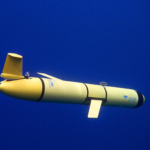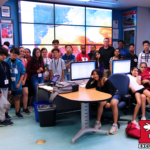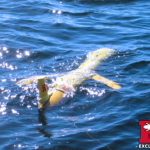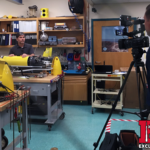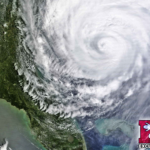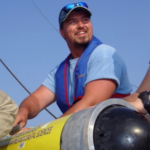NJ Universities Launching Sea Robots to Learn About Hurricanes
Underwater robot gliders are measuring air and sea interaction during hurricanes in the mid-Atlantic region. The little yellow submarines are part of a collaborative effort between Rutgers and Monmouth universities.…

